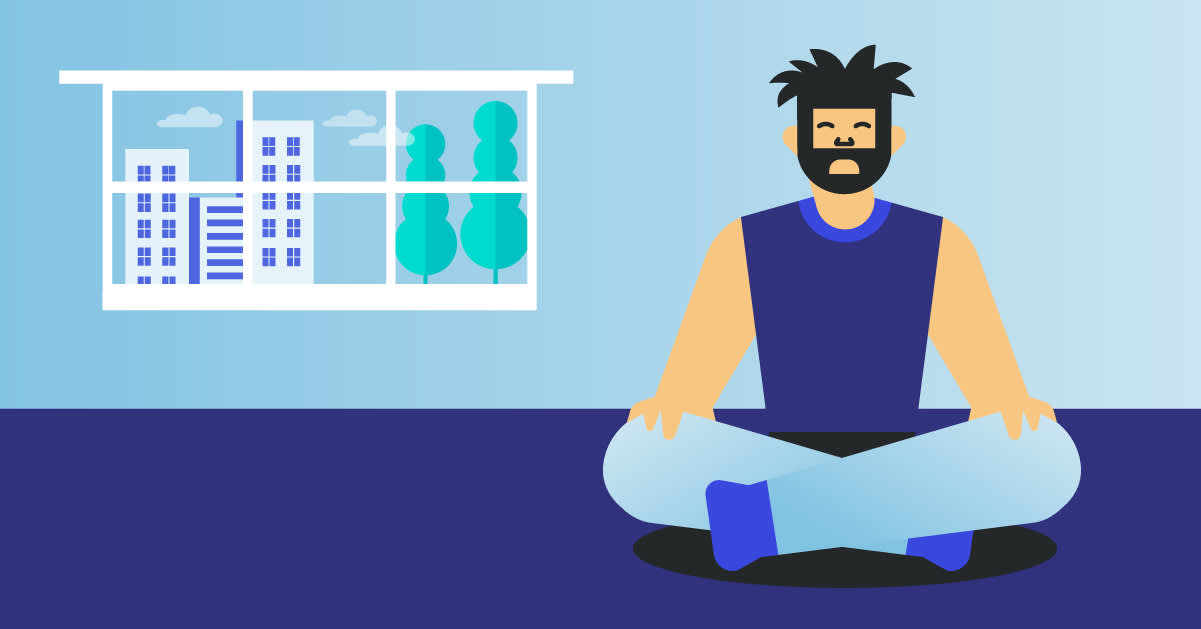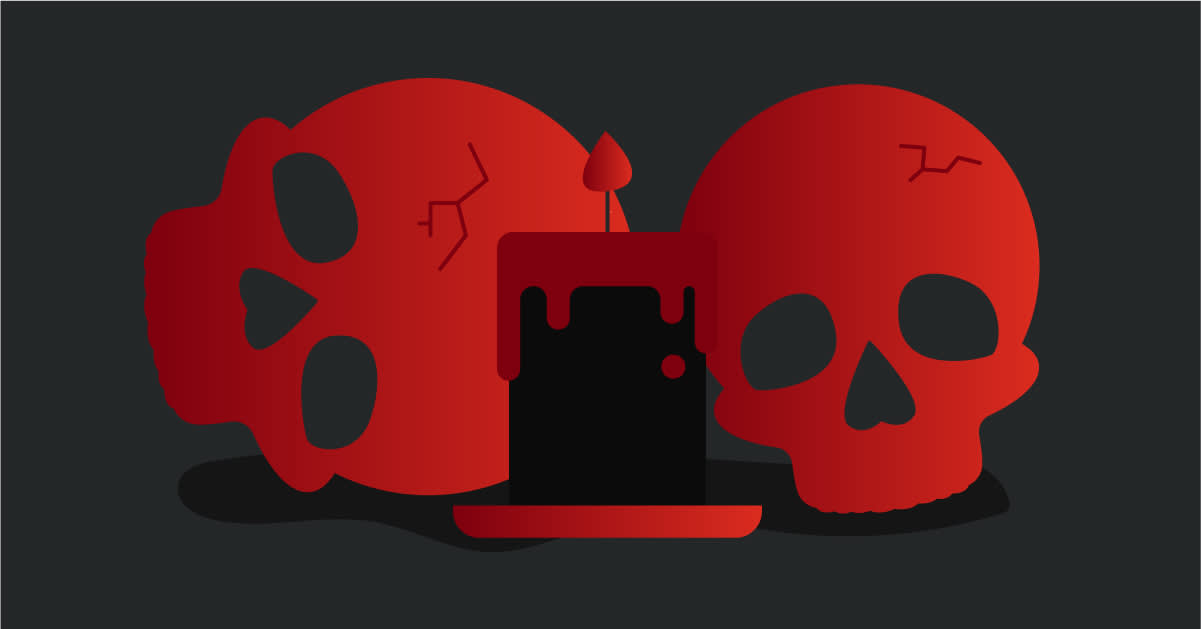If you have an Instagram account or follow style trends of the past few years, you might have noticed that minimalism has caught on big time. Minimalism, put simply, is the philosophy of living with only what you need and focusing more on experiences than possessions. It might seem daunting to make the switch to minimalist living, but if you're serious about spending within your means, reducing clutter, and breaking free of obsessing over material things, we have a few tips on minimalist living to help ease the transition.
Clean Out the Closets
The first step might be the hardest: you have to begin at home by weeding out extra and unnecessary possessions. This might be harder for some than others, especially if you’re like us and have tons and tons of books. We recommend starting slowly and getting rid of duplicate items and things you no longer use. Clean out old cupboards.Go through old boxes. The stuff that you haven't touched in a while should be especially easy to part with. If you need help decluttering even more, we recommend the worldwide best seller, by Marie Kondo. Emily Woo Zeller narrates Kondo’s KonMari Method, which offers a unique way to go through yourbelongings, category-by-category, touching each object and asking if it “sparks joy.” If the answer is no, it goes! Kondo has helped countless people declutter their homes and live with only what they love.
Consider New Purchases Carefully
Once you've decluttered and gotten rid of tons of things that you no longer need, the next challenge is to avoid falling back into your old ways and replacing it all. Think very carefully about each new item you bring in. Ask yourself if it's necessary, and how often you'll actually use it. Is it something that you can borrow from a friend? Can you rent this item rather than buy one of your own? Check out your local library—they often have collections of surprising materials, such as canning kits, DVD players, and board games. It's okay to buy new things, but just make sure you're doing it for the right reasons.
For more tips and information about conscientious purchasing, we recommend by Elizabeth L. Cline. A journalist and fashionista, Cline came to fashion minimalism not for aesthetic reasons, but because fast fashion—cheap, trendy clothing—is horrible for the planet. In this author-narrated audiobook, Cline shares simple strategies forbuilding an ethical wardrobe, including changing shopping habits to incorporate thrifting, repairing items, and swapping with others to make more sustainable choices.
Value Experiences and Quality over Stuff
Minimalism may seem like it's full of rules, and those rules boil down to: don't buy stuff! But such a sweeping restriction is not only impractical; it sets people up to fail. Instead, as a minimalist, you must reassess your priorities and decide what is important to you. Minimalism isn't about creating an Instagram-worthy living space, but about cutting out things—obligations as well as possessions—that don't add value to your life. To help you explore your values as a minimalist, we recommend by Jessica Adams, a guide that but helps you clarify your goals and intentions, and does so in a way that doesn't shame you for spending money on a t-shirt or a book you're excited about.




